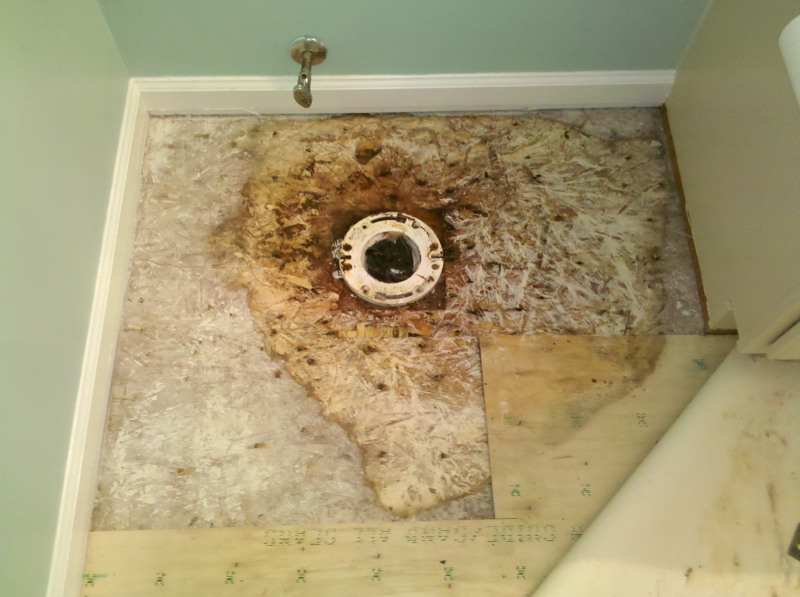How to avoid a Water Damaged Bathroom
How to avoid a Water Damaged Bathroom
Blog Article
Everybody is bound to have their private idea when it comes to Preventing Water Damage in the Bathroom.

The bathroom is exceptionally prone for moist build-up as well as potential water damages because of the constant use of water in it. This article supplies easy examination techniques to aid spotting water damages risks.
The constant use of water in the washroom makes it very vulnerable for wet accumulation and also potential water damages. By inspecting it on a regular basis, you can decrease water associated damages.
The complying with collection of evaluations is very easy to carry out as well as must be done once in every 3 months in order to keep your washroom healthy and to avoid potential water problems caused by the tub, the shower, pipe joints as well as plumbing, sinks, cabinets, and also the toilet
Do not forget performing these evaluations and also be extensive while executing them. Bear in mind that these straightforward inspections can save you a great deal of money by giving early signs for water damage
Tub and Shower
The shower as well as bath tub require unique attention as well as upkeep. Check the floor tiles and replace if fractured. Ensure that there is no missing out on cement between the floor tiles. Inspect as well as change cracked caulking at joints where the walls fulfill the floor or the tub. Blocked drains pipes as well as pipes issues will certainly avoid the bath tub from drying and also may suggest significant issues under the bathtub. Talk to a professional right away to stop structural damages. Pay attention to discolorations or soft locations around the bath tub walls as they might show an internal leak.
Plumbing
Signs for water damages are hard to discover given that many pipelines are mounted inside the walls.
Pay special focus to floor covering and walls dampness and stains as they might suggest an unseen plumbing trouble. Check moisture levels in adjoining rooms also.
Sinks as well as Cabinets
Sinks as well as closets are revealed to dampness and moisture day-to-day and also are usually forgotten. Evaluate consistently under the sink and on the countertop above it. Repair any drip in the trap as it may suggest drain problems. Look around the sink, slow draining pipes may indicate an obstructed drainpipe. Change sink seals if they are fractured or loosened.
The Commode
The commode is an at risk water joint. Inspect the water lines and search for leaks around the toilet seat, in the hose pipe, as well as under the water storage tank. If you discover any type of indications of wetness on the flooring around the commode, look for leakages in the toilet edge as well as storage tank seals.
Know that hanging commode dish deodorants increases the chances for clogs.
TIPS TO PREVENT WATER DAMAGE IN THE BATHROOM
The average household uses approximately 80-100 gallons of water per person per day. For a family of 4, that's almost 2,500 gallons of water a week! The largest portion of this consumption comes from bathroom use. Flushing the toilet uses the most water, followed by taking a shower or bath. With that much water running through the home, water damage in the bathroom is bound to happen. Knowing how to spot signs of a water leak is essential to preventing long-term damage. This guide provides you with tips to reduce the impact of water damage on your bathroom.
CAUSES OF BATHROOM WATER DAMAGE
Pipe breaks are the most common cause of water damage we see in our daily jobs. The age of a pipe plays a large role in a pipe break as well as corrosion. Over time, the metal begins to break down, allowing water to escape. Frozen pipe breaks are also a concern in the winter months. Toilet overflows caused by paper products or children flushing inappropriate items. Degraded caulking around the toilet or bathtub can allow water seepage, sometimes behind the fixture, into the subfloor or walls. Condensation forms when the water in a pipe is cooler than the air temperature. Beads of water form on the exterior of the pipes, sometimes so much so that the water begins to drip and pool below. Sink or shower backups created by poor drainage. HOW TO PREVENT WATER DAMAGE IN YOUR BATHROOM
Inspect your toilet supply line for worn or frayed hoses and replace them as needed. Winterize your plumbing to prevent a frozen pipe break. Use vent fans to prevent condensation that can lead to mold growth. Routinely check and replace degraded caulking around your toilet or bathtub. Increase the temperature in your toilet tank and insulate your pipes during the warm summer months to keep condensation from forming. Use child safety locks on the toilets. Flush only toilet paper. "Flushable" wet wipes are actually not good for your plumbing system. Additionally, feminine hygiene products should not be flushed. Prevent water from escaping the tub or shower. Make sure shower curtains are in good condition. Inspect shower doors and replace the seal strip if necessary. Wipe up any water that accumulates on the floor and use bath mats. Water left to sit can cause damage to the tiles and flooring. Refrain from using bath products containing heavy oils to avoid a clogged drain.

I hope you enjoyed our post about How to Repair and Prevent Bathroom Water Damage. Many thanks for spending some time to read through our blog. In case you appreciated our blog posting plz remember to share it. Thank you for your time invested reading it.
Schedule And Pricing Report this page